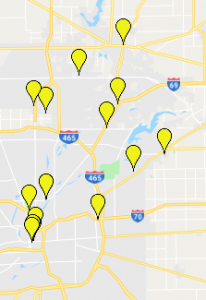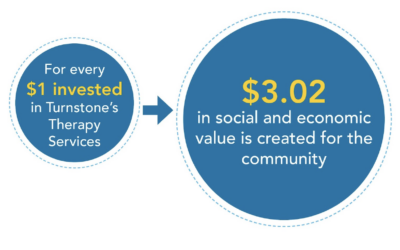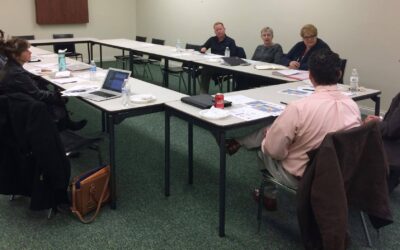You may not consider this, but the non-profit public sector is competitive. With over 1.5 million registered tax exempt organizations in the United States there are several organizations in place committed to doing good. If your non-profit organization is considering a move to a new community either through expansion or relocation, please consider these 3 steps first to ensure continued success of expanding your impact.
 1. Study your community
1. Study your community
You want to determine if the new community is the right fit for your services. Is there sufficient demand for the services you are offering? Does the community have the population you are targeting?
Tips:
- The Census Bureau provides quality data about the people and the economy. It features a few data resource tools, including Quick Facts, the American FactFinder, and the American Community Survey. Information is available at a variety of geographic levels, including national, state, county, city and town, township, region, census tract and more. For more data source ideas around a variety of topics, read a previous blog about our go-to sources for data.
- If data around a specific area is not readily available, develop a tool to collect your own data. One common tool example is a survey, which allows you to customize questions to help you gather the feedback you need.
- Once you have finished collecting data, you can begin to analyze the information. We recommend using a software tool, such as Tableau, to help visualize the data. When visualizing the data, we recommend focusing on 4 key areas (1) determine the audience, (2) decide what the dashboard is tracking, (3) Determine the visuals that will be most effective in communicating the message, and (4) Determine the delivery of the dashboard. Read more in our blog.
 2. Know your competition
2. Know your competition
Are there similar organizations like yours serving the targeted community? Do they have waitlists or empty spots? Are your services complementary to what is currently being offered or the same?
Tips:
- Talk with the local United Way organization, Community Foundation, Chamber of Commerce, Hospital or other relevant sources based on your industry. They often have a good idea of who is currently offering services, the need for more services and what kind. They may even have a resource book or some other list that could be helpful.
- Depending on your industry, there are some great online resources. For example, if you are an early learning program you can search other child care programs on the Child Care Finder site. If you provide before and after school care, you can search here: https://www.indianaafterschool.org/state/mapping-database/
 3. Assess impact on your funding
3. Assess impact on your funding
You may see a positive or negative impact on your funding from foundations and individual donors. Some funders have very specific geographic preference, so moving to a new community may open up funding opportunities or close them. You will want to study this before you make the change. Depending on your target population in the new community, you may also see new funding opportunities.
Tips:
- Review your current funders and see if any of them have geographic restrictions. This is especially important if you are moving to a new county or city.
- If you have money in the budget, invest in a membership to funding information websites, such as the Foundations Directory Online or GrantWatch. These sites provide information on grant opportunities, the history of grants awarded or information on upcoming grant opportunities.
- Whether you are needing funding at the moment or not, don’t be afraid to personally reach out to funders in the community to begin to build relationships. Have a short call or coffee date to find out what type of programs they prefer to fund or ways you can get involved. This is a great opportunity to share why you’ve decided to move to the community and how you could possibly partner together!
The extra time spent researching before making a move can make all the difference in success or failure, and we only want to see you succeed. If you need assistance understanding your community and completing a market analysis or needs assessment, contact us today to learn more.

 1. Study your community
1. Study your community 2. Know your competition
2. Know your competition  3. Assess impact on your funding
3. Assess impact on your funding

